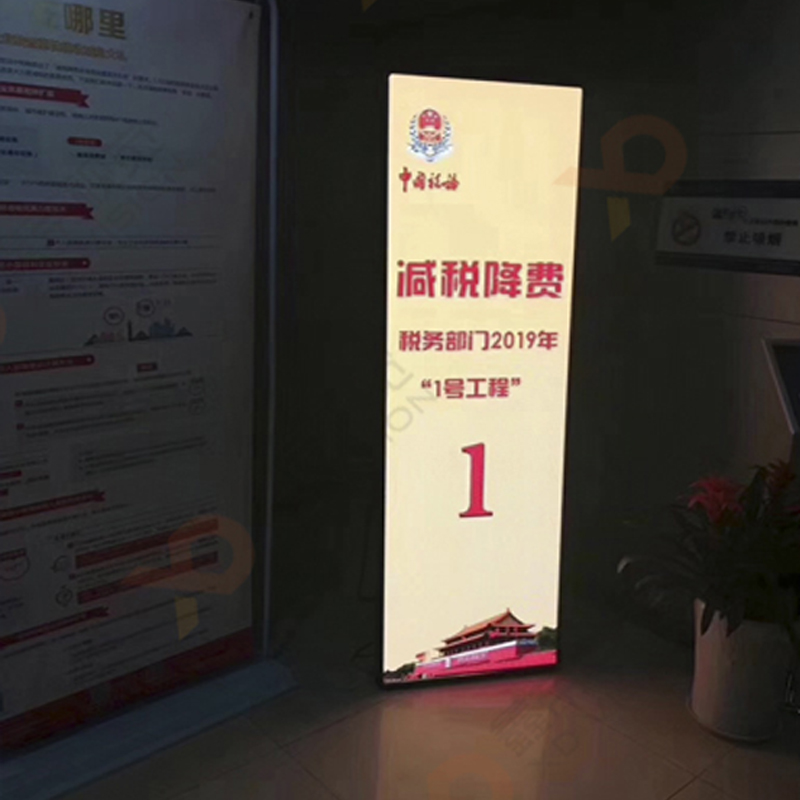In 2010, the global mobile phone semiconductor market has reached 55 billion U.S. dollars. In the next five years, the smart phone will play the most crucial role in promoting this market. At present, there are more than 60 manufacturers of mobile phone semiconductor devices in the world, covering processors and peripherals to analog suppliers.
Smartphones make semiconductor manufacturers' dreams come true! The new generation of smart phones adopts the most advanced semiconductor technology and miniatures the versatile portable devices into shirt pockets. Without other factors, In-Stat estimates that in 2015, the global mobile phone semiconductor market will exceed 80 billion U.S. dollars, with a compound annual growth rate of 10.8%.
However, despite the continuous growth in overall mobile phone parts revenue, there are still a few areas that are facing major challenges. "Baseband semiconductors for non-smartphones are declining because the market for mobile phones must do its best to save costs, but the growth is not enough to make up for the loss of each handset," said Allen Nogee, principal analyst at In-Stat.
The mobile phone industry once showed a trend toward the development of high-end smart phones and ultra-low-cost mobile phones. The latter mainly focuses on emerging markets. However, with the accelerated replacement cycle of mobile phones, semiconductor manufacturers must seek applications that can truly profit, and smart phones have become the main target.
Mobile phones, especially smart phones, have driven (or molded) the development of many new types of semiconductor components. One interesting area is Bluetooth. As Bluetooth continues to integrate with other functions, Bluetooth semiconductor revenue is actually shrinking in the mobile space. However, as smartphones are eager to add more features to attract consumers, other components, including Wi-Fi, GPS, touch screen controllers, gyroscopes, and pico-projectors, are promising growth prospects in the mobile space. .
The smart phone is undoubtedly the focus of the mobile phone semiconductor market in the next few years, and it will also lead to the rapid growth of more new types of semiconductor components. In-Stat estimates that smartphones are expected to account for 45.3% of the overall mobile phone market in 2015. The semiconductor market with acceleration and/or gyroscopes will exceed 300 million U.S. dollars in 2014.
Smartphones make semiconductor manufacturers' dreams come true! The new generation of smart phones adopts the most advanced semiconductor technology and miniatures the versatile portable devices into shirt pockets. Without other factors, In-Stat estimates that in 2015, the global mobile phone semiconductor market will exceed 80 billion U.S. dollars, with a compound annual growth rate of 10.8%.
However, despite the continuous growth in overall mobile phone parts revenue, there are still a few areas that are facing major challenges. "Baseband semiconductors for non-smartphones are declining because the market for mobile phones must do its best to save costs, but the growth is not enough to make up for the loss of each handset," said Allen Nogee, principal analyst at In-Stat.
The mobile phone industry once showed a trend toward the development of high-end smart phones and ultra-low-cost mobile phones. The latter mainly focuses on emerging markets. However, with the accelerated replacement cycle of mobile phones, semiconductor manufacturers must seek applications that can truly profit, and smart phones have become the main target.
Mobile phones, especially smart phones, have driven (or molded) the development of many new types of semiconductor components. One interesting area is Bluetooth. As Bluetooth continues to integrate with other functions, Bluetooth semiconductor revenue is actually shrinking in the mobile space. However, as smartphones are eager to add more features to attract consumers, other components, including Wi-Fi, GPS, touch screen controllers, gyroscopes, and pico-projectors, are promising growth prospects in the mobile space. .
The smart phone is undoubtedly the focus of the mobile phone semiconductor market in the next few years, and it will also lead to the rapid growth of more new types of semiconductor components. In-Stat estimates that smartphones are expected to account for 45.3% of the overall mobile phone market in 2015. The semiconductor market with acceleration and/or gyroscopes will exceed 300 million U.S. dollars in 2014.
This series is a professional advertising LED Screen for classic indoor use. Small in size, it is convenient to be placed in shops, cafes, clothing stores, restaurants and many other places. Easy to operate. Wifi connect and controlled by mobile App, USB to play video or display pictures. Cabinet with wheels, easy moveable. Regular size around 640*1920mm in Poster LED Display, it will be a very good choice for advertising screen for all shops. It can be customized to ourdoot types or different sizes.

Waterproof Led Display Screen Wall,Led Display Advertising,Led Display Advertising Billboards,Full Color Led Display
Guangzhou Cheng Wen Photoelectric Technology Co., Ltd. , https://www.ledscreencw.com